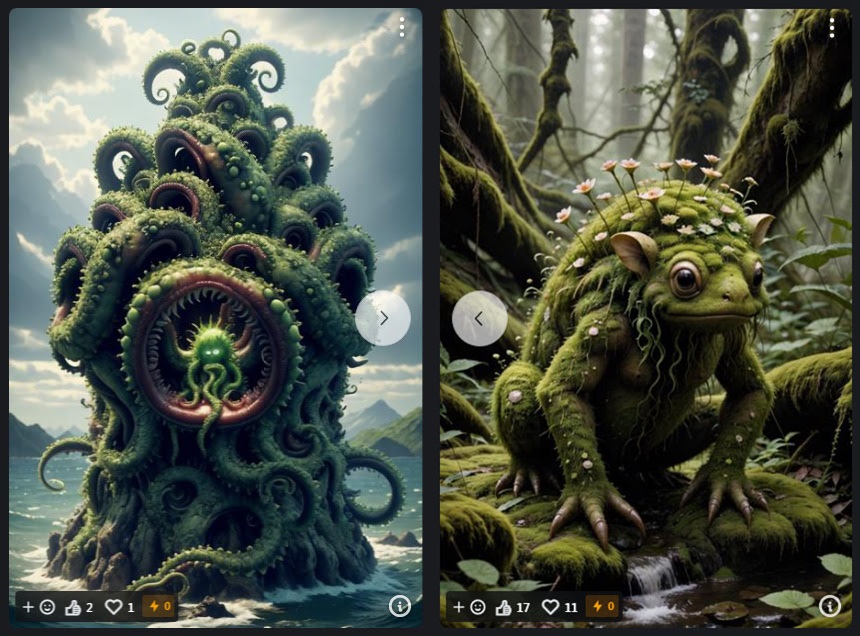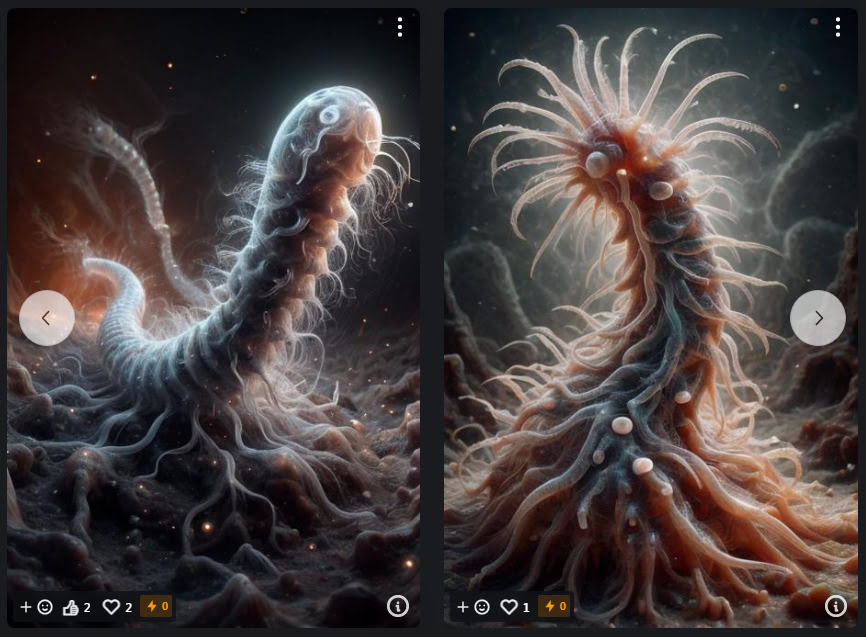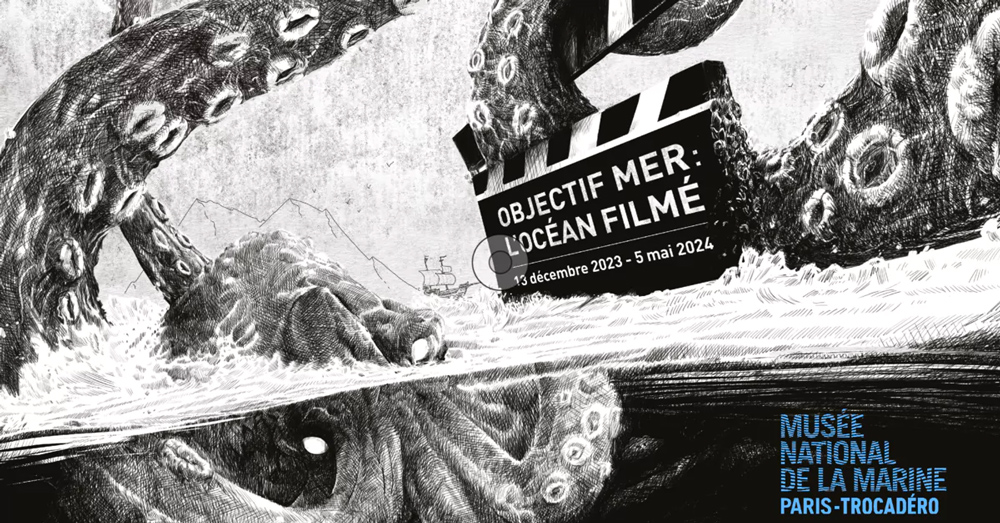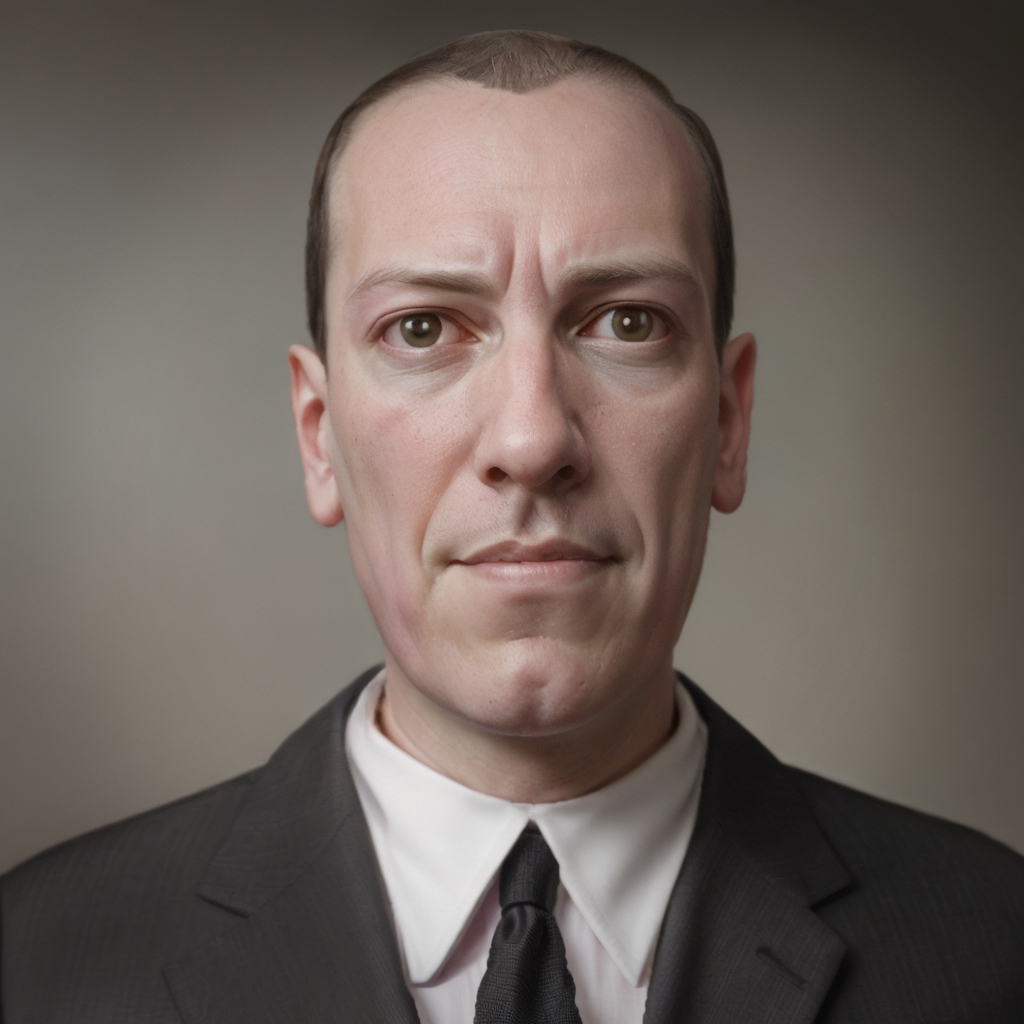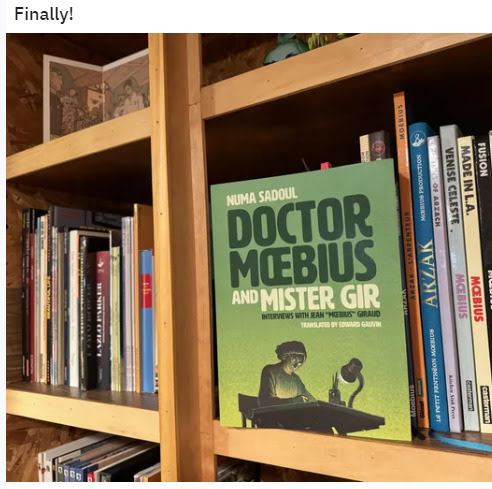As we head toward Christmas, the closest I can think of to a ‘Christmas decorations / lights’ edition of my regular ‘Picture Postals from Lovecraft’ post is Lovecraft strolling through the illuminations at New York City’s famous Coney Island amusement ground and parks. Not only idly strolling the boardwalks. He visited a number of times, both at night and in daytime, and partook of the fun palaces. The place was not exactly his ideal of the realm enchanted by “the bells of faery” or the more alluring cities of his Dreamlands, admittedly. But it was a sort of enchanted realm, by the standards of Brooklyn.
There was once even a large “Dreamland” section, the entrance of which is seen here. But it had burned down in 1911, and so far as I can tell was not rebuilt. In which case it can’t have been an influence on Lovecraft’s naming of the Dreamlands.
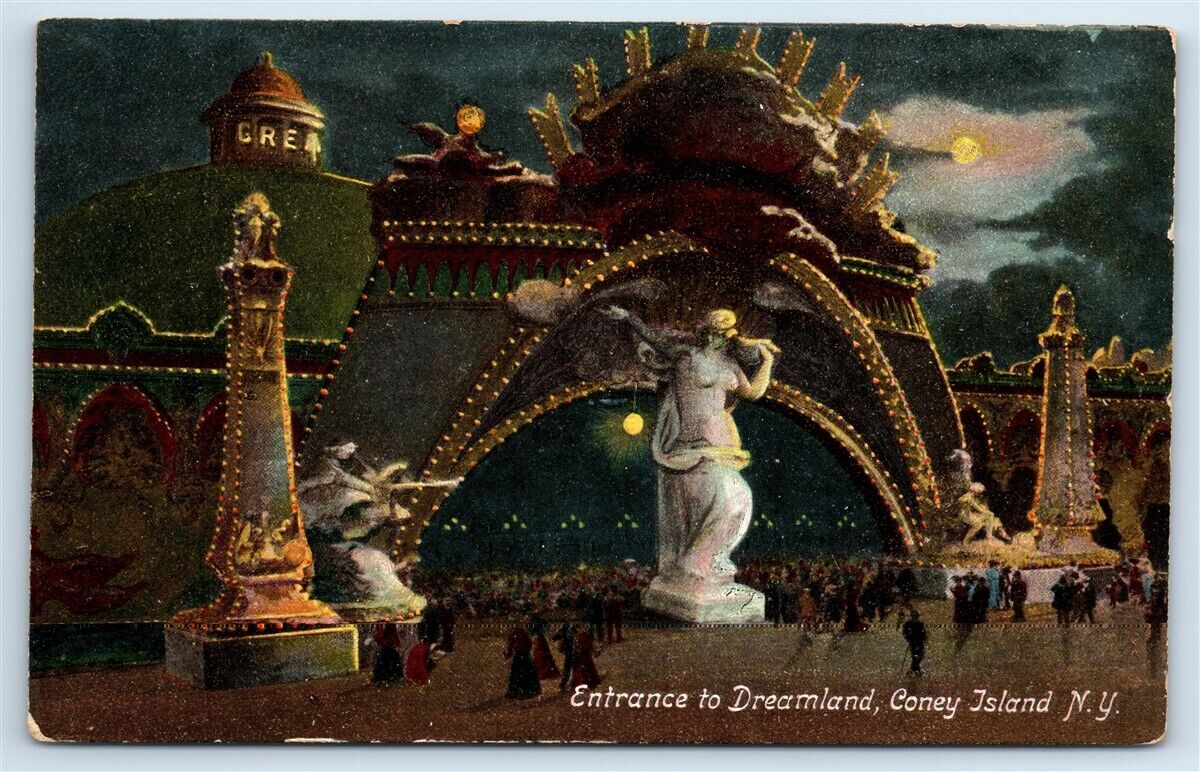
Coney Island was a large spur of land hooking into the ocean, as seen by the map below. Lovecraft was however not impressed by its view of the ocean, from what he called “the detestably squalid strand of Coney Island”. This was perhaps not only a reference to the litter/trash, but also to the amorous adventures known to be going on there under the cover of darkness.
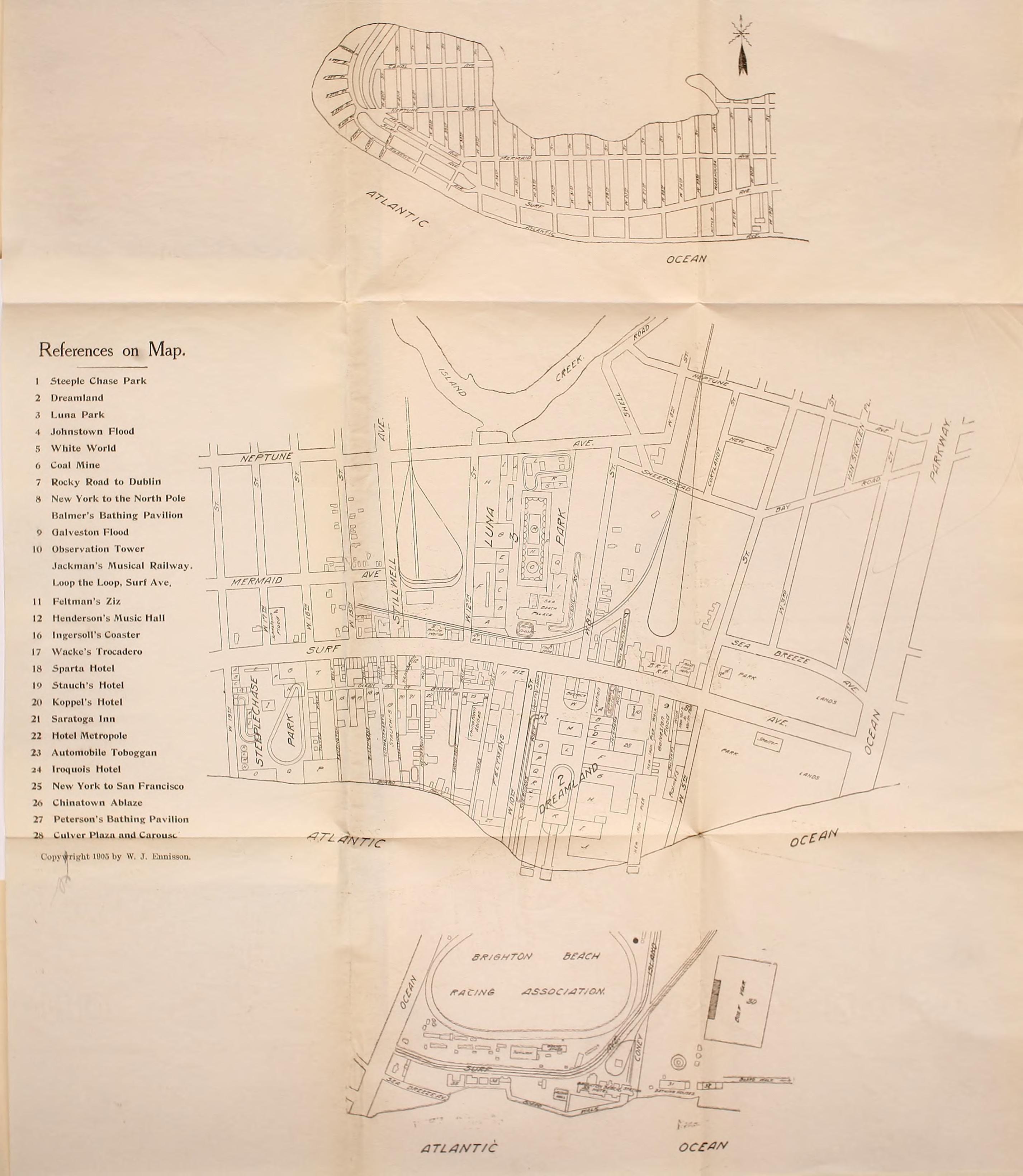
But the frontage parks and their hinterland had many attractions and plazas, as shown on the map from 1905. He would have seen the central attraction of Luna Park, the huge new Boardwalk (opened 1923) and other sections of the area. We know for instance he was at the Luna Park section in 1925 because that was where Lovecraft’s Coney Island silhouette was crafted by the silhouettist E.J. Perry, and where he first tasted candy-floss. He visited several times.



In later years his friend Arthur Leeds was at or near Coney Island. If Lovecraft ever saw Leeds ‘at work’, as the ‘front man’ barker who lured the paying punters into a freak show, appears to be unknown. Lovecraft probably would have met some of the performers if he had, and thus would have mentioned the encounter(s) somewhere. So perhaps he didn’t see Leeds at work.
It’s interesting to note how some of the cards show scenes that almost resemble science-fiction magazine cover-paintings of the period. One wonders about the possible influence of Coney Island’s spectacle on the visual imagination of early New York City science-fiction writers.
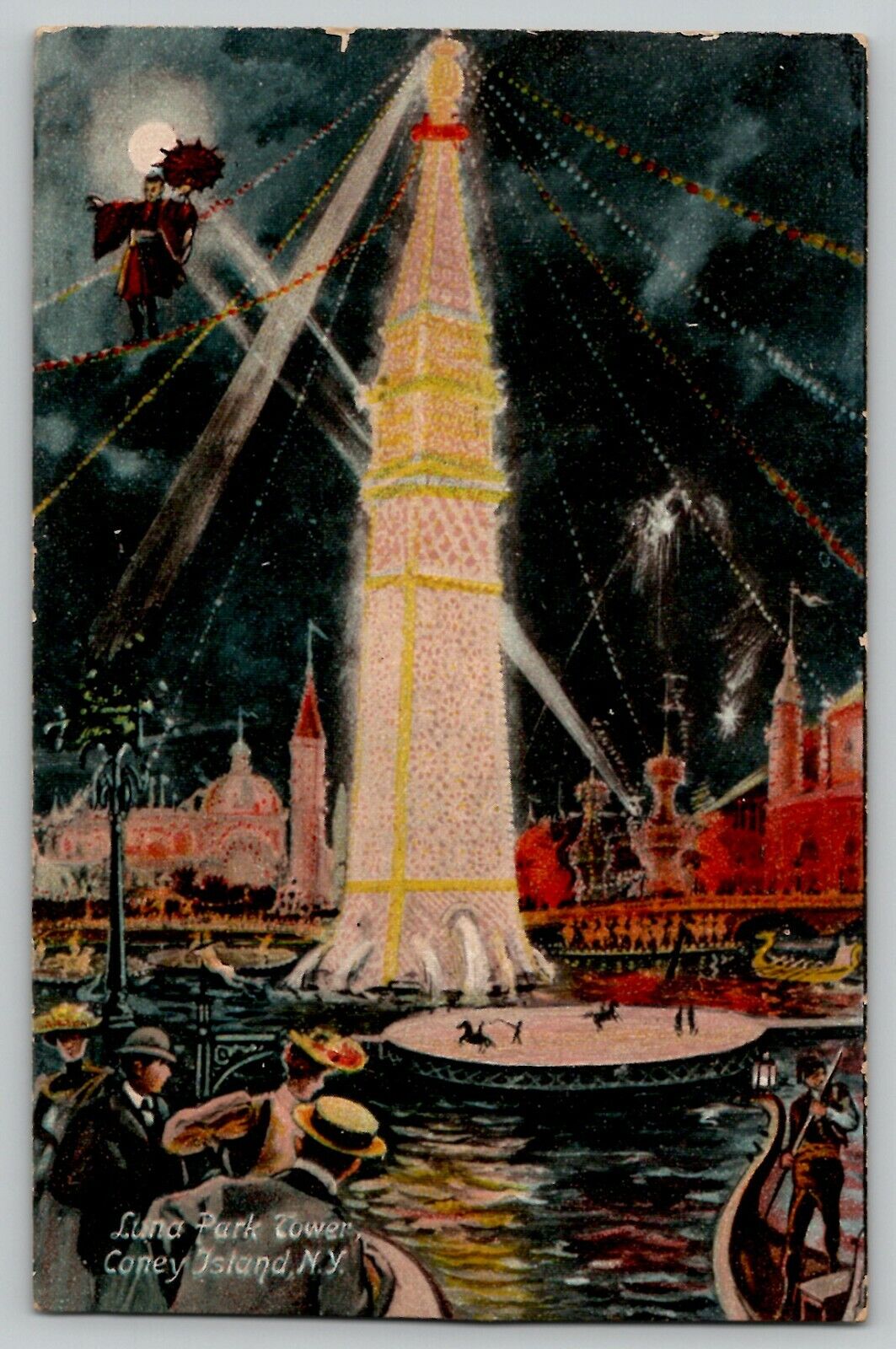
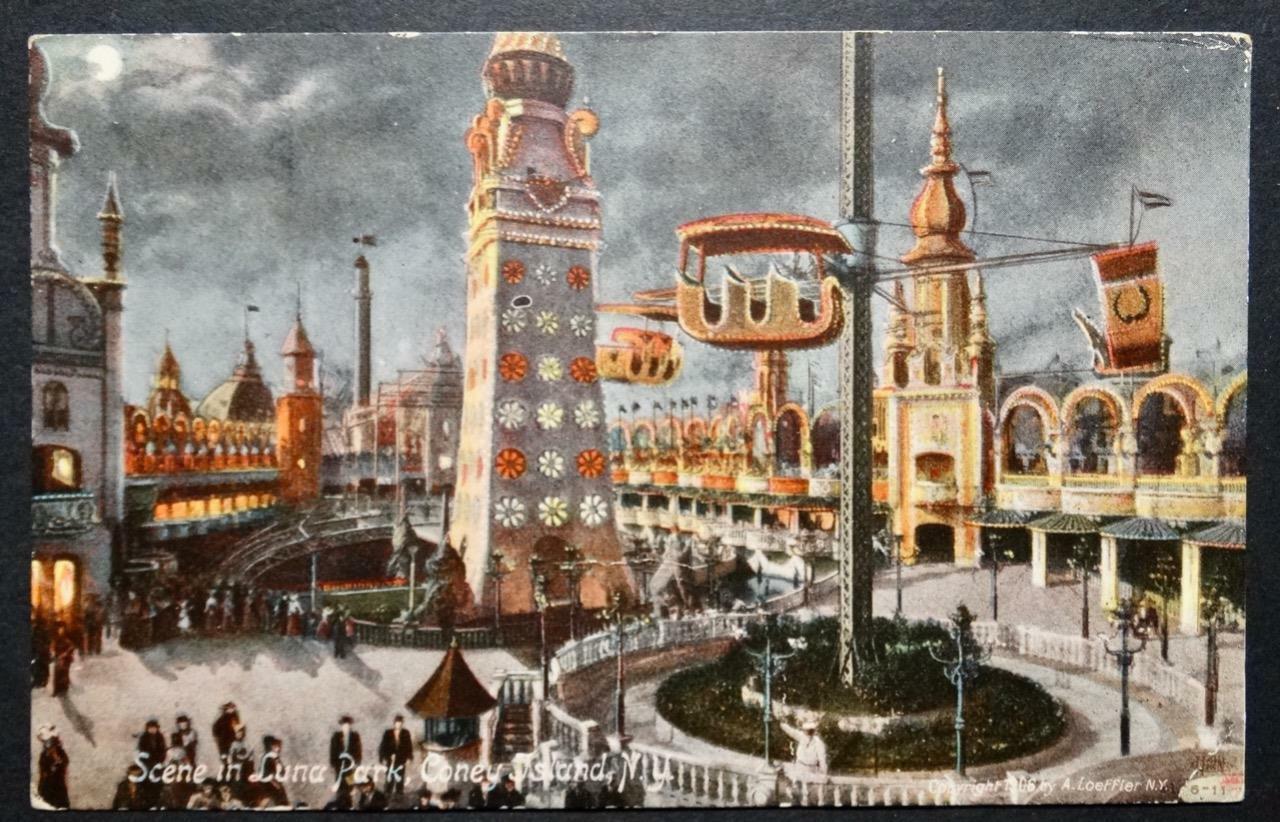
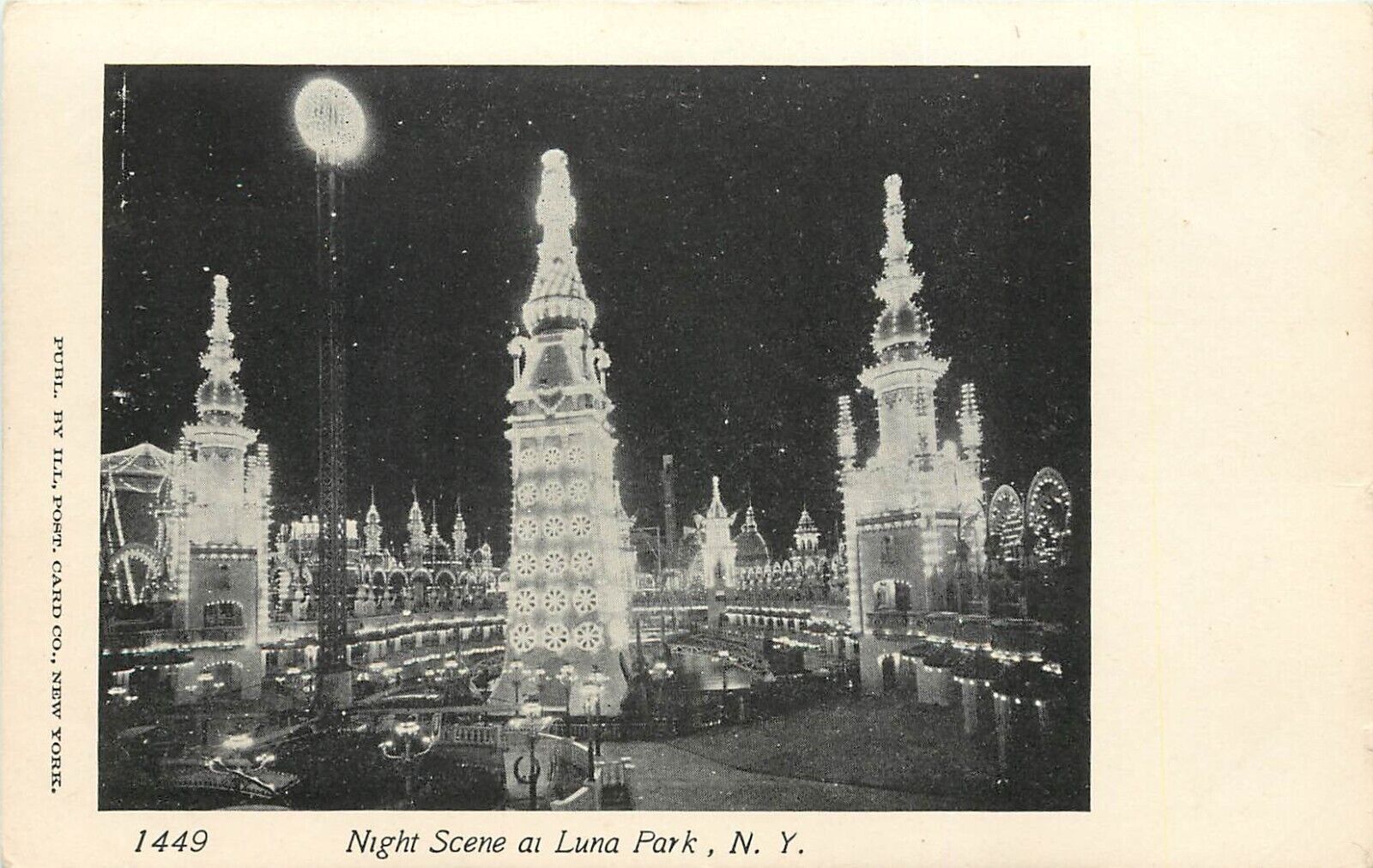
I also found a not-great picture of the $100,000 Fun House called “The Pit” which had re-opened in 1923 after complete refurbishment. It was a ‘crazy house’ inside its apparently normal exterior. I recall it’s been suggested that this was where “The Room of Wonder” was located, which Lovecraft enjoyed in late July 1925.
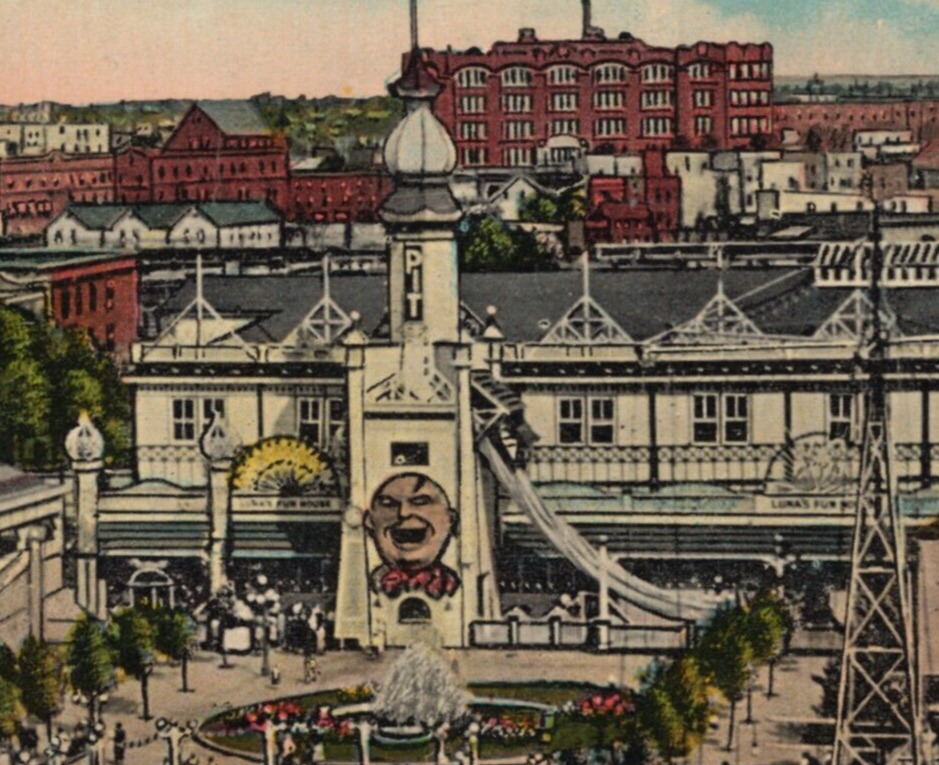
Here’s his detailed account of solving the puzzle of how “The Room of Wonder” was done, on the spot, with jotted diagrams of explanation. It’s from the Letters from New York volume.
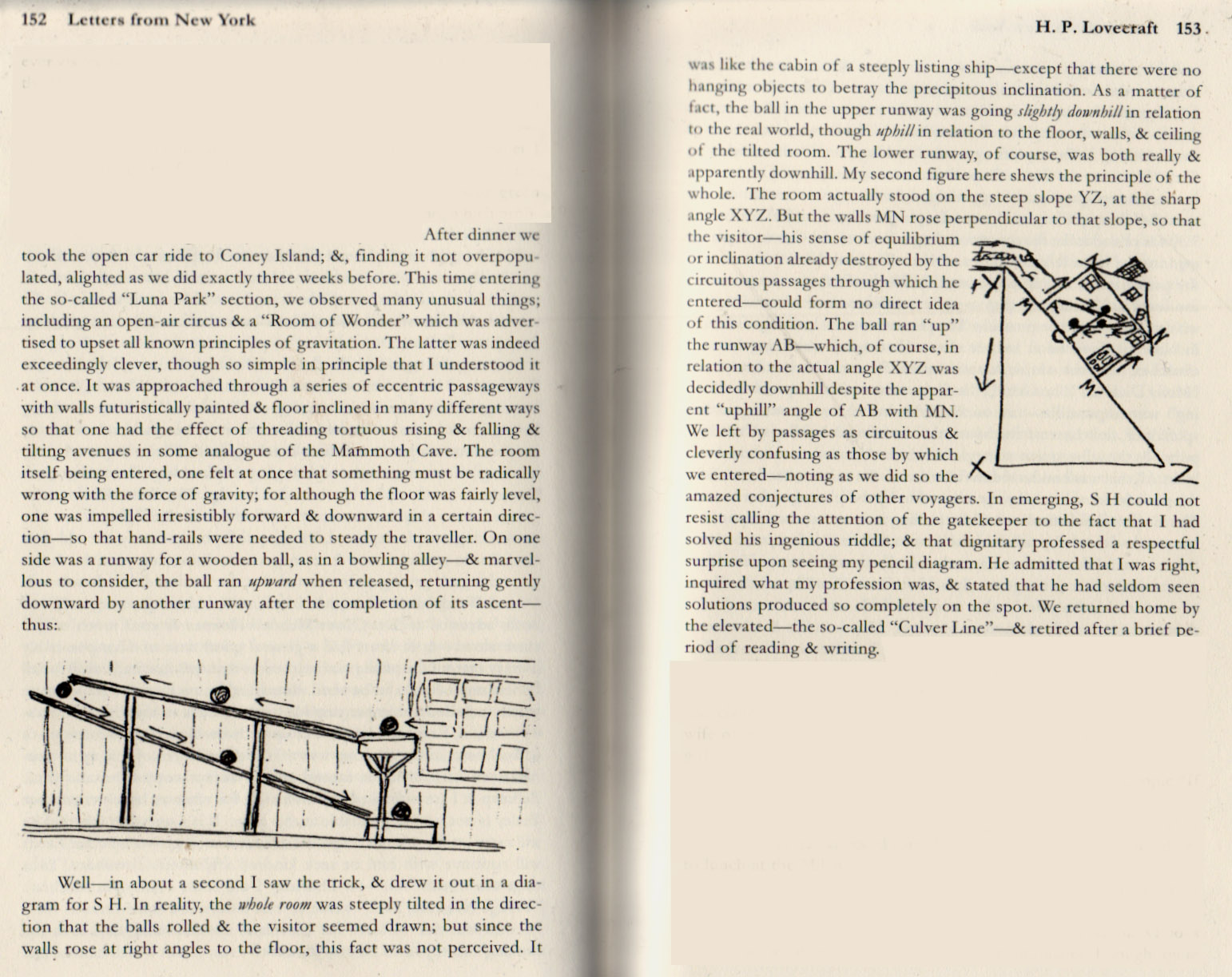
I can’t locate any further information about “The Room of Wonder”, but it seems plausible to think it would have been one of three or four such rooms in ‘The Pit’. And Lovecraft’s encounter recalls the scene in “The Call of Cthulhu” in which the sailors are before the door on the island…
they could not decide whether it [the door] lay flat like a trap-door or slantwise like an outside cellar-door. As Wilcox would have said, the geometry of the place was all wrong. One could not be sure that the sea and the ground were horizontal, hence the relative position of everything else seemed phantasmally variable. Briden pushed at the stone in several places without result. […] In this phantasy of prismatic distortion it [the door] moved anomalously in a diagonal way, so that all the rules of matter and perspective seemed upset.
Such are the ways of writers. Non-writer academics often assume they take key points of inspiration from the great classics of their time (Moby Dick etc). They don’t, and it would be stupid to do so because the borrowing would be recognised immediately. Instead they often ‘take it where they find it’, which means the researcher might usefully start looking where they were on the map and then try to discover what they would have encountered there at that exact point in time.













